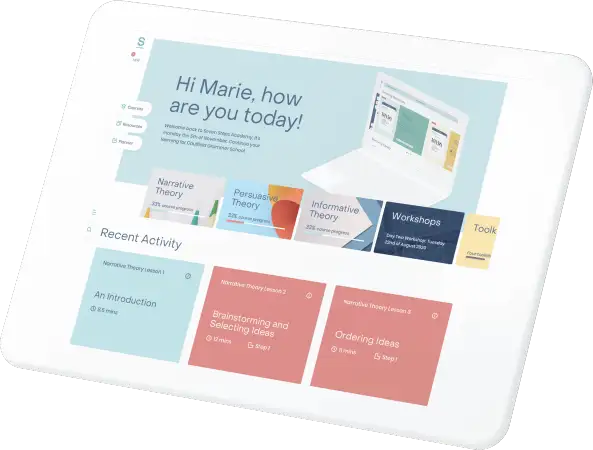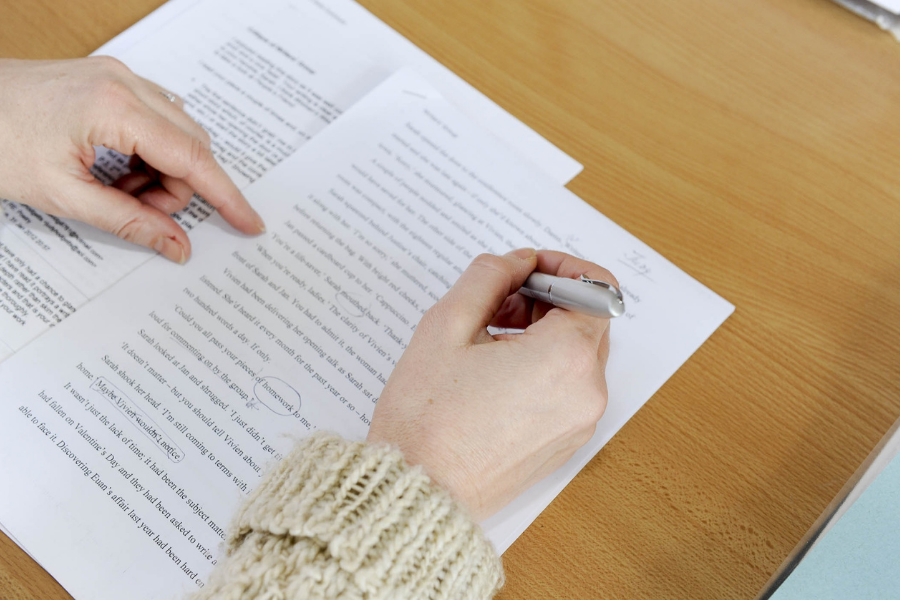Along with meeting new faces and setting up classrooms, the start of the term also means starting a new learning journey. With the disruptions and obstacles to teaching and learning over the past few years, it’s more important than ever to start by assessing (pre-testing) where students are at and tailor your writing lessons to meet their needs.
Pre-testing and assessment at the start of the year and each term |
Pre-test your students
Pre-testing students’ writing will tell you what they know and what they don’t know. This can be used to identify common strengths and weaknesses that need to be addressed in your teaching.
The writing task doesn’t have to be big. It can be very small. It might be three days in a row or just a single session. One day you might have your students write a little narrative to a prompt. Another day it might be persuasive and another one might be some kind of informative text.
They might write for 20-40 minutes, it can vary depending on the grade, you just want a short, sharp and shiny snapshot of what they can do and what they’re able to demonstrate.
Not a Teacher Hub member? Start your free trial today (no payment details required).
Start with what they know
When assessing students’ work, try not to focus on the errors and the mistakes and think, ‘they don’t know this, they don’t know that, there’s a spelling mistake or their handwriting looks really messy! We’re not making any progress!’
Instead, start by focusing on what they know and build from there.
Decide on a focus
The Seven Steps approach is always to break it down. You can’t fix everything at once, so start with the technique that will make the most difference to a particular student or a group of students in your class. Small is always the best because we want to start small to end up big.
As you are assessing students’ work, identify:
- How they have used a particular technique in their writing.
- How well they are applying the technique.
- How they can use the technique more effectively.
By finding out what they know and how they’re doing. You won’t over-teach, you’ll be able to see their progress and focus on the key techniques you can build on or areas that need further development.
Dive deeper – The five secrets to great writing
Conference with confidence
A clear focus also makes it much easier for both you and your students to assess, self-assess and create writing goals.
When you conference with students, you can give explicit feedback using Seven Steps terminology.
‘Using a quotation here to convey the information was a great idea’.
Students can also assess their own progress and they’ll start to say:
- ‘This is what I used to do. Now I’m doing …, I’ve grown as a writer!’
- I reached my writing goal when I …’ or
- ‘Today I didn’t … but tomorrow I will …’
When students are writing and working on a specific skill on a daily basis, just like learning a musical instrument, they’ll gain experience and they will also have lots of little pieces of writing to look back on to see their progress.
Blog – 4 steps to setting writing goals
|
‘Once students can clearly see and articulate what they are aiming for, they will be better equipped to start selecting the goals that will move them towards improving their writing’ |
Tracking students’ progress
The beauty of your initial assessments is that it’s a clear snapshot of where you and your students started. When you post-test at the end of term or when you finish teaching a skill or Step, you can use it to assess how much progress they have made and indicate what areas you need to spend more time on.
Our Track Your Success resources include a results spreadsheet to help you track and analyse students’ progress. We are confident that you will see some great outcomes!
Not a Teacher Hub member? Start your free trial today (no payment details required).





